Marine Life
The vast waters of The Bahamas team with an amazing array of marine habitats, including coral reefs and mangroves that feature a diversity of dolphins, sharks, and rays as well as sea turtles and manatees.


Reptilian relics
Sea turtles are ancient reptiles that have been on this planet for more than 100 million years, surviving multiple mass extinctions. There are seven species of these “living fossils” and they are all endangered. The most characteristic part of the sea turtle is its shell that is composed of scales called scutes. The scutes are used to identify a particular species and are hard except for the largest species, the leatherback sea turtle, in which they are flexible and rubbery. Instead of possessing teeth, sea turtles have a beak that is modified for either grazing on sea grass or for grabbing their prey such as jellies, squids, sponges, and shrimp.
Egg layers
Just like other reptile species, sea turtles lay eggs. Every two to three years, females come ashore a few weeks after mating, use their fore flippers to dig a body pit, and then use their hind flippers to dig a cavity in which they lay 50-200 soft-shelled eggs. The young usually hatch 45-70 days later and then make their way into the sea.
Threats to Sea turtles
Sea turtles are threatened by a large host of challenges including:
- Entanglement in fishing nets and lines
- Trash ingestion, especially plastic bags that look like jellies
- Pollution that includes oil spills and agricultural and mining runoff
- Bycatch as part of fishing operations
- Destruction of coral reefs
- Development on nesting beaches
- Climate change

